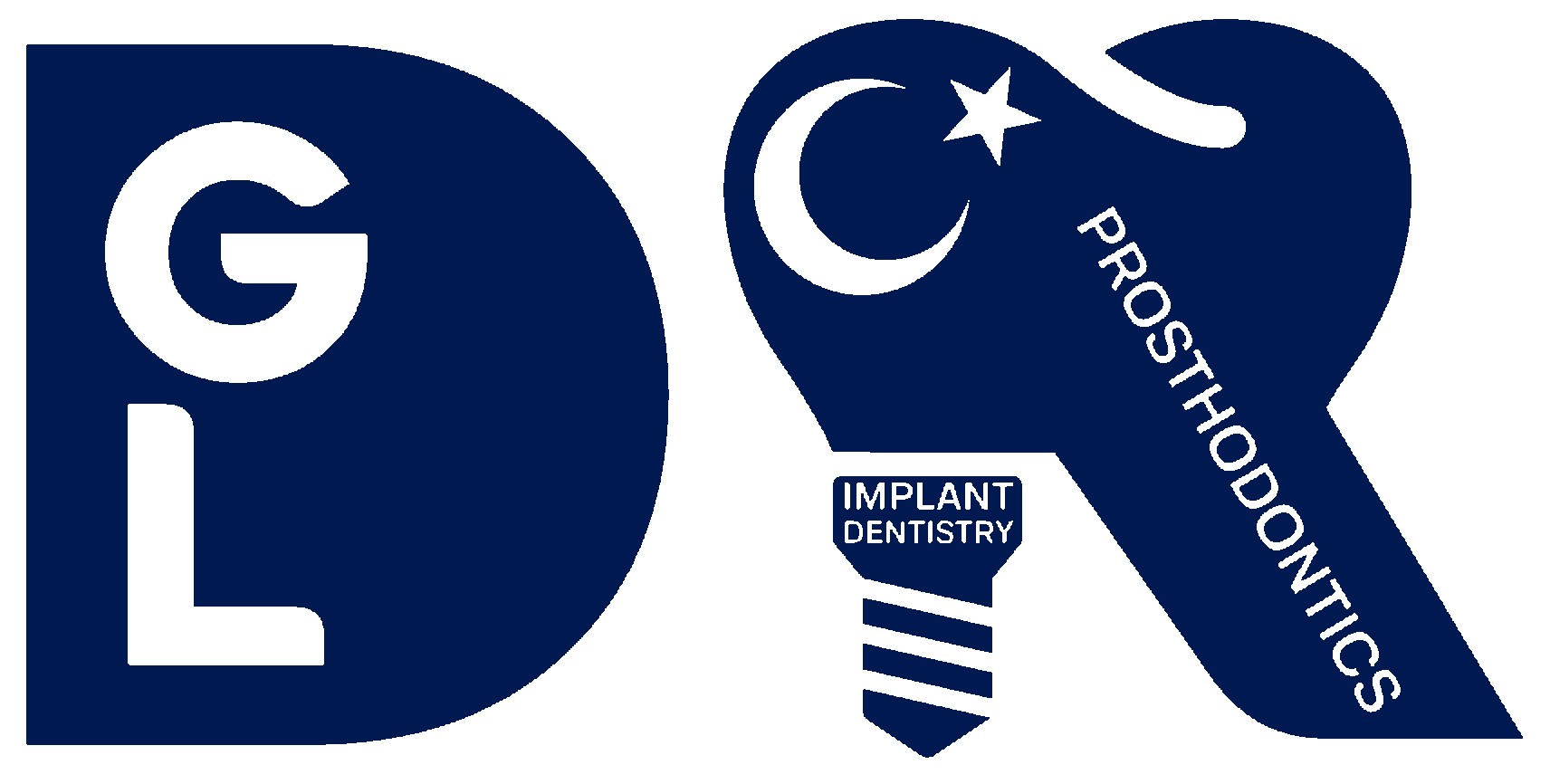Orthodontic treatment is a specialized branch of dentistry that focuses on diagnosing, preventing, and correcting misaligned teeth and jaws. This guide aims to provide a detailed overview of orthodontic treatment, its benefits, and what patients can expect during the process.
What is Orthodontic Treatment?
Orthodontic treatment involves the use of devices such as braces, aligners, and retainers to correct teeth and jaw alignment. The primary goal is to improve oral health, enhance facial aesthetics, and ensure proper function of the teeth and jaws.
Benefits of Orthodontic Treatment
1. Improved Oral Health: Properly aligned teeth are easier to clean, reducing the risk of cavities and gum disease.
2. Enhanced Appearance: Straight teeth and a well-aligned jaw contribute to a more attractive smile.
3. Better Functionality: Correcting bite issues can improve chewing and speaking abilities.
4. Prevention of Future Problems: Early orthodontic intervention can prevent more severe dental issues later in life.

Types of Orthodontic Appliances
- Braces: Traditional metal braces are the most common type of orthodontic appliance. They consist of brackets attached to the teeth and connected by wires.
- Clear Aligners: These are transparent, removable trays that gradually move teeth into the desired position. Invisalign is a popular brand.
- Retainers: Used after braces or aligners, retainers help maintain the new position of teeth.
The Orthodontic Treatment Process
1. Initial Consultation: The orthodontist evaluates the patient's dental condition and discusses treatment options.
2. Treatment Planning: A customized treatment plan is developed, often involving X-rays and impressions of the teeth.
3. Appliance Placement: Braces or aligners are fitted to begin the alignment process.
4. Regular Adjustments: Periodic visits to the orthodontist are necessary to adjust the appliances and monitor progress.
5. Retention Phase: After active treatment, retainers are used to keep teeth in their new position.

Common Orthodontic Issues
- Overbite: When the upper front teeth overlap the lower front teeth excessively.
- Underbite: When the lower teeth extend beyond the upper teeth.
- Crossbite: When some upper teeth sit inside the lower teeth.
- Crowding: When there is insufficient space for teeth to align properly.
- Spacing: Gaps between teeth due to missing teeth or small teeth.
Choosing the Right Orthodontist
Selecting a qualified orthodontist is crucial for successful treatment. Look for professionals with proper certification, experience, and positive patient reviews.
Conclusion
Orthodontic treatment is a valuable investment in your oral health and overall well-being. By understanding the process and benefits, patients can make informed decisions and achieve a healthier, more beautiful smile.












